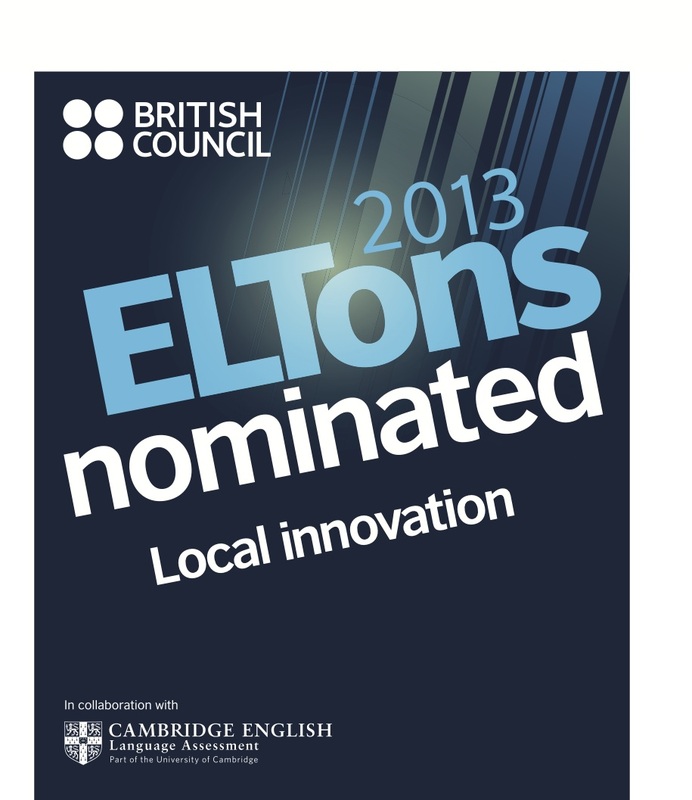‘learning by dispossession’, by which I mean that in the process of learning and work something other than ‘learning’ (which can be measured, evaluated or assessed on the basis of categorisation of ‘formal’, ‘informal’ and ‘non-formal’, or ‘paid’ and ‘unpaid’) is happening. (p. 14)
In other words, this learning places the responsibility for lifelong learning not on the state but on the individual and has a neutral meaning. Therefore, it is the learner who defines learning based on their preferences and takes action for their own learning. Yet, to choose responsibly from the massive amounts of information available in our networked world, learners should participate as reflective consumers in a market.
To this end, I decided to revisit my own infodiet. My current infodiet consists of facebook, twitter, and various websites and I am well aware that although my infodiet should open up many doors to sources of information, it still needs to be controlled and organized due to the growing number of new technologies. Thus, I decided to add some new resources to my infodiet because I realized that they would make my definition of “learning” more meaningful, more delicious, and most importantly more like me.
To start with, for my continuous professional development, I chose to follow @iateflonline and @AAEEBL. IATEFL is one of the biggest communities of ELT teachers in the world and each spring they organize The IATEFL International Annual Conference and Exhibition; therefore, to watch recorded video talks and interviews, to share ideas with other teachers in the world, and to stay up to date with new developments in the ELT world I am now following IATEFL. Additionally, nowadays I am interested in learning more about eportfolios because I believe in the value of eportfolio for learning. That’s why, I decided to follow AAEEBL because it provides me with an opportunity to watch conferences and webinars and helps me to find online eportfolio resources and to follow news about the upcoming eportfolio events.
My second group of new resources is focused on news on teaching because teaching is what I do in the classroom. They include @GuardianTeach and @tedtalks. I think following these is a great way to keep connected to my work life because by reading the articles on GuardianTeach and by watching the videos on TedTalks I can find solutions to the problems that I face in the classroom and also I can find the opportunity to reflect on my own teaching.
Finally, for news and updates on technology, I chose to follow @TechCrunch and @TechSmith. Technology is an indispensable part of my life and an indispensable aid to my colleagues and students; thus, it is crucial that I am up to date on what is happening in the world of technology.
To conclude, I feel happy to have added to my infodiet because I believe it is my responsibility to choose what to learn as a self-directed, responsible, lifelong learner!
REFERENCES
Mojab, S. (2009). Turning work and lifelong learning inside out: A marxist-feminist attempt. In L. C. & S. W. (Eds.), Turning work and lifelong learning inside out (pp. 4-15). South Africa: HSRC Press.
The Ontario Institute for Catholic Education (2011). I am a learner for life [Image]. Retrieved from http://www.iceont.ca/page1787306.aspx


 RSS Feed
RSS Feed
